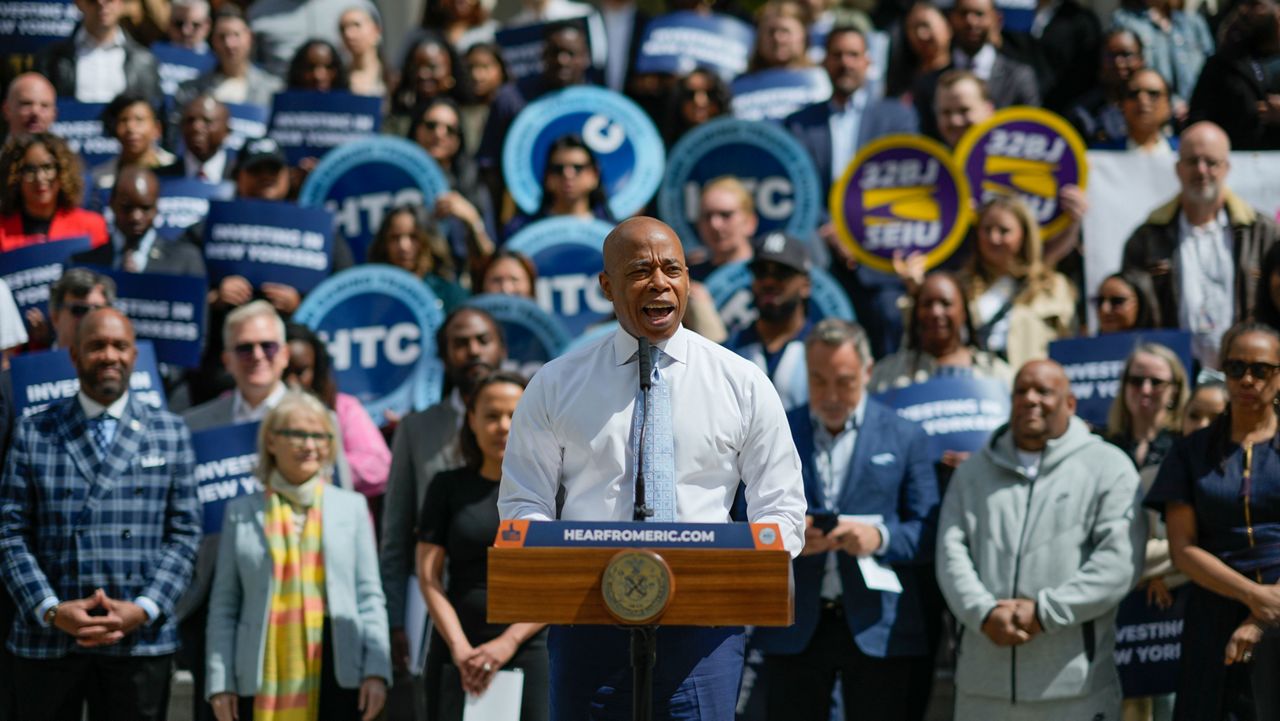Sunday marks the five-year anniversary of Hurricane Sandy making landfall in New York City, devastating many communities and killing 44 people.
Most of the 44 people who were killed were on Staten Island.
The Category 2 hurricane was originally tracking out toward the Atlantic Ocean a few days before it made landfall, but it then made a hard left hook to bring a direct impact on the city on the last Monday of October.
The shape of the city's coastline ended up helping to enhance the storm, bringing a record storm surge that was nearly 14 feet high — over 14 feet in some areas — waves of 32 feet, and a high wind that clocked in at 85 miles per hour at Kennedy Airport.
Sandy was the largest hurricane in New York City history in terms of size, and it was the second-costliest hurricane in United States history.
- Check out NY1's coverage of the five-year anniversary of Hurricane Sandy.
Its storm surges and punishing winds destroyed thousands of homes and caused billions of dollars in damages, including to the subway system.
In the five years since, the MTA has spent more than $5 billion on repair and resiliency projects related to the hurricane.
The city plans to spend an additional $7 billion on repairs and preventative measures over the next four years, although NY1 has found that many of the city's originally projects are delayed or have been scaled back.
Some communities have rebounded from the storm, but other New Yorkers are still struggling.









